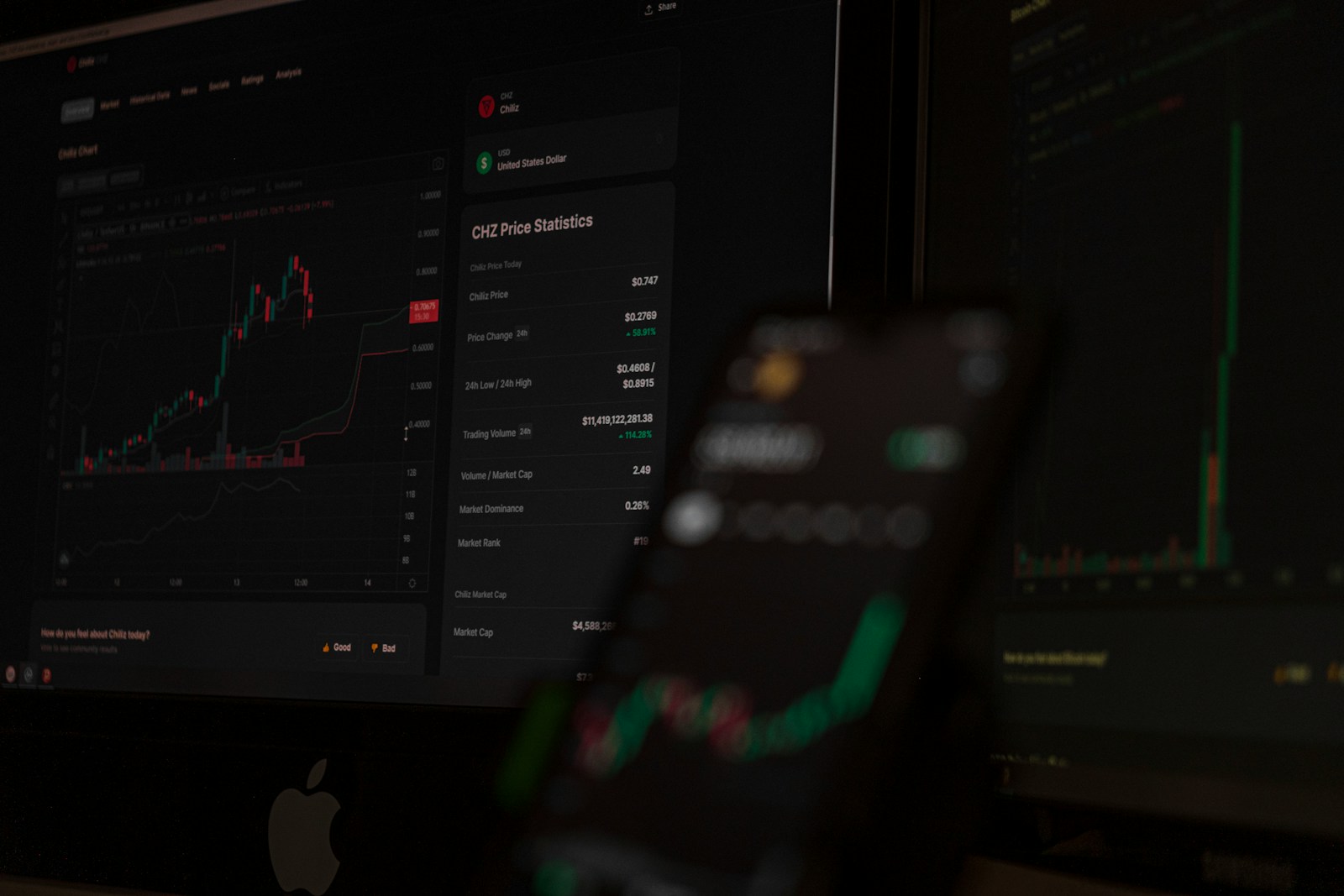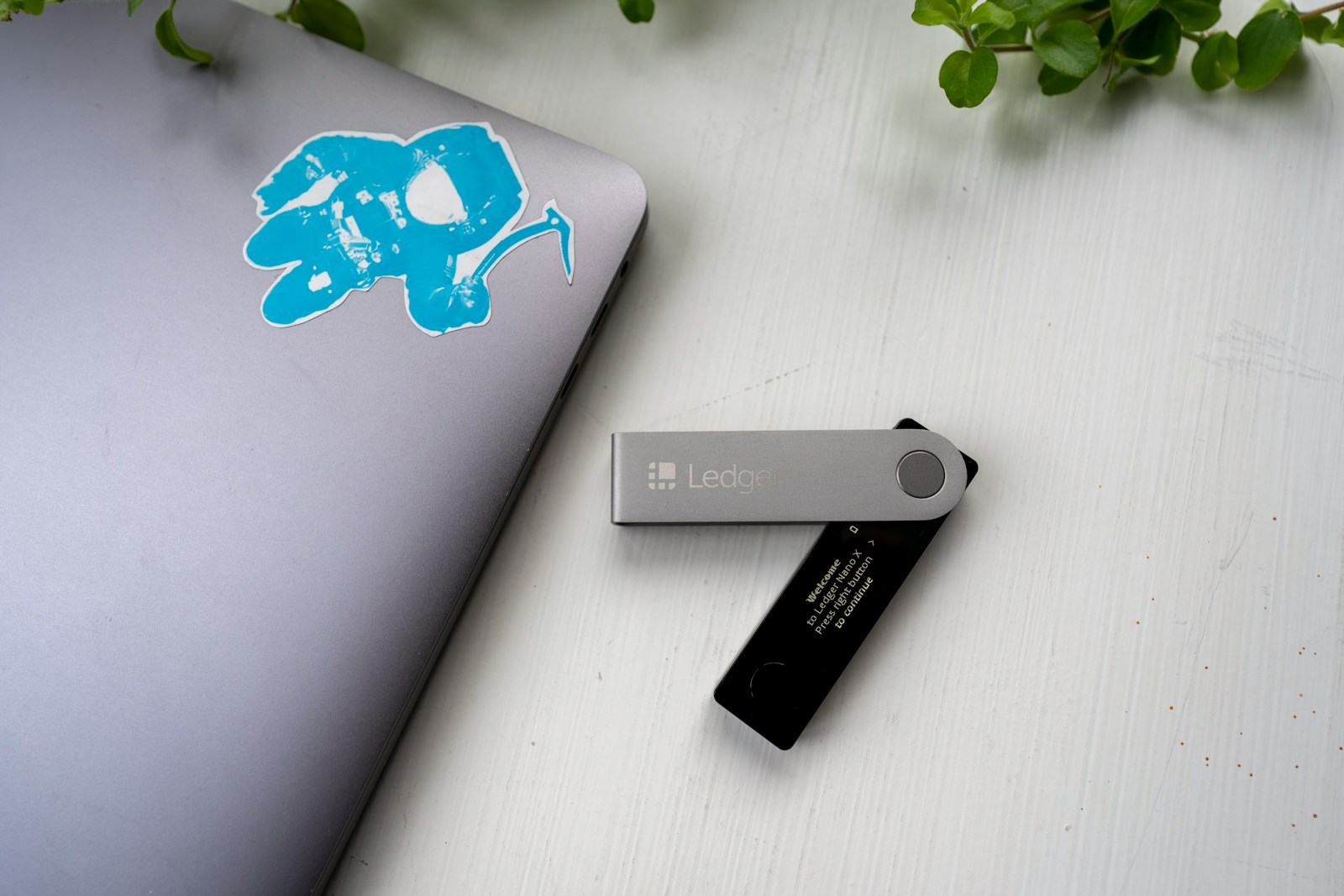
Mining is the core bottleneck affecting processing time for new entries on the blockchain. Each block requires miners to solve complex cryptographic puzzles, a process that naturally limits how quickly data batches can be added. For example, Bitcoin’s network targets a 10-minute interval per block, meaning any operation must wait at least this long before being appended and validated.
The validation phase involves nodes independently verifying transaction integrity and compliance with consensus rules. This step ensures security but adds latency, particularly during periods of high network congestion when thousands of transactions compete for limited block space. The mempool size can swell significantly, causing longer queues and delaying final acceptance.
Processing speed varies across different blockchain platforms due to protocol design and resource allocation. Ethereum, for instance, averages around 13 seconds per block but faces delays from gas price fluctuations impacting prioritization. Layer 2 solutions attempt to alleviate these issues by offloading computations, yet mainnet confirmations still depend heavily on underlying base-layer throughput.
The number of required confirmations also influences perceived delay. Many services mandate multiple blocks (often 6 or more in Bitcoin) before considering an action irreversible to prevent double-spending attacks. This safety margin, while essential for trustworthiness, extends the total waiting time beyond mere inclusion in a single block.
Network conditions fluctuate constantly due to user demand spikes or miner participation shifts. During peak times–like NFT drops or DeFi launches–average waiting intervals can triple compared to off-peak periods. Understanding these dynamics helps set realistic expectations about confirmation speed and guides strategies such as fee adjustments or choosing alternative chains optimized for faster throughput.
Why Confirmations Require Significant Time in Blockchain Networks [Crypto Fundamentals basics]
The delay in achieving multiple confirmations primarily stems from the intricate mining process and the inherent limitations of network speed. Each block added to a blockchain undergoes extensive validation, ensuring transaction legitimacy and protecting against double-spending. For example, Bitcoin’s average block time stands at approximately 10 minutes, meaning that even a single confirmation reflects this interval. This timing is not arbitrary–it balances security and decentralization by allowing miners sufficient time to solve cryptographic puzzles through Proof of Work.
Network congestion also plays a crucial role in processing intervals. As more users initiate transfers, the mempool–where unconfirmed transactions wait–becomes saturated, resulting in longer waiting periods before inclusion into a block. Ethereum’s gas fee market exemplifies this dynamic: during peak demand, only transactions with higher fees are prioritized by miners, pushing others further down the queue. Consequently, the speed of confirmation fluctuates based on network load and fee incentives.
Mining Complexity and Security Trade-offs
The computational difficulty embedded within mining algorithms directly impacts confirmation timelines. Increased difficulty correlates with heightened security but simultaneously prolongs block validation times. Bitcoin adjusts its mining difficulty roughly every two weeks to maintain its 10-minute target despite variations in total hash power. This self-regulating mechanism preserves network integrity but limits throughput speed relative to centralized systems.
A contrasting case is seen with networks using alternative consensus mechanisms like Proof of Stake (PoS), which typically achieve faster finality due to reduced computational demands. However, these systems rely on different security assumptions that may affect decentralization or resistance to certain attack vectors. Thus, the choice between speed and robustness remains a core design consideration influencing confirmation latency across blockchain platforms.
Processing delays also arise from propagation time–the interval required for newly mined blocks to disseminate throughout the distributed network nodes globally. Geographic dispersion introduces latency; for instance, a miner located far from major node clusters may experience slower information relay, increasing orphaned blocks or stale data risks. Such factors necessitate conservative confirmation counts (e.g., six confirmations for Bitcoin) before deeming transactions irreversible.
In summary, transaction finality depends on multiple interconnected elements: mining complexity ensures security; network traffic dictates queuing delays; propagation affects synchronization across participants; and consensus protocols define validation speed. Recent developments like layer-two scaling solutions (e.g., Lightning Network) aim to circumvent base-layer limitations by handling numerous off-chain operations with near-instant settlement, illustrating active efforts to optimize processing efficiency without compromising trustlessness or decentralization.
Impact of Network Congestion
The primary factor influencing the speed of blockchain validation is network congestion, which directly affects the time required for blocks to be mined and verified. When a blockchain experiences a surge in activity, such as increased user demand or a spike in data throughput, the volume of pending operations waiting for inclusion in new blocks grows significantly. This backlog causes delays because mining nodes prioritize transactions based on fees and other incentives, resulting in slower processing for lower-priority entries.
For example, during peak periods on Ethereum’s mainnet in 2023, gas fees skyrocketed due to heightened decentralized finance (DeFi) activity and NFT minting events. The network’s limited throughput–roughly 15 transactions per second–was insufficient to handle the load efficiently. Consequently, average block times remained near their target of 13 seconds, but many users experienced confirmation delays stretching into minutes or even hours depending on their fee bids.
Technical Dynamics Behind Throughput Bottlenecks
Blockchain throughput is constrained by its consensus mechanism and block size parameters. Proof-of-Work (PoW) systems like Bitcoin maintain an approximate 10-minute interval between blocks to ensure adequate security through distributed mining efforts. However, when transaction volume surpasses the available space within each block, miners select operations with higher fees first, pushing others into subsequent blocks and extending wait periods.
In contrast, Proof-of-Stake (PoS) platforms offer faster finality but can still suffer congestion under heavy load if validator committees become overwhelmed. Validation speed depends not only on computational resources but also on network propagation delays and message verification times across geographically dispersed nodes. Latency thus compounds during spikes in traffic, reducing overall throughput despite theoretically faster block intervals.
The impact of congestion extends beyond mere delay; it also influences security guarantees. Prolonged unconfirmed states increase vulnerability to double-spend attempts or chain reorganizations because participants have less confidence that a given entry is permanently recorded. Miners’ incentive structures further complicate this dynamic: prioritizing high-fee transactions maximizes rewards but may marginalize smaller transfers until congestion subsides.
Real-world case studies illustrate these principles vividly. The Bitcoin mempool reached record sizes exceeding 300 MB several times during late 2021’s market volatility phases, correlating with median confirmation times surpassing one hour for low-fee payments. Conversely, Layer-2 scaling solutions like Lightning Network emerged precisely to address such bottlenecks by offloading frequent microtransactions from the base layer while preserving security through cryptographic settlement mechanisms.
Current developments suggest that improvements in protocol design–such as increasing block capacity or implementing sharding techniques–could alleviate congestion effects substantially over time. However, these enhancements often require trade-offs involving decentralization or increased complexity in validation logic. Therefore, monitoring network conditions and adjusting fee strategies remain essential tactics for optimizing operational efficiency amidst fluctuating demand patterns.
Role of Mining Difficulty
The mining difficulty directly regulates the speed at which new blocks are added to a blockchain, thereby influencing the overall time required for transaction validation. By adjusting this parameter, networks maintain a consistent block interval despite fluctuations in total hash power. For instance, Bitcoin targets an average block time of approximately 10 minutes by recalibrating difficulty every 2016 blocks based on recent network conditions. This mechanism ensures that the processing load remains balanced, preventing rapid block creation that could compromise security.
Higher mining difficulty demands more computational work from miners to solve cryptographic puzzles, which increases the effort needed for each block’s validation. While this may extend individual block processing times under certain circumstances, it significantly enhances resistance against potential attacks such as double-spending or chain reorganizations. Ethereum’s transition to Proof of Stake has shifted these parameters, but prior data illustrates how PoW networks rely on difficulty adjustments to harmonize network performance with security imperatives.
Balancing Speed and Security Through Difficulty Adjustment
The interplay between mining difficulty and network throughput is pivotal in managing user experience and system robustness. Reducing difficulty can accelerate block production temporarily; however, it risks undermining the blockchain’s integrity by making it easier for malicious actors to create fraudulent chains. Conversely, excessively high difficulty might lead to slower confirmation intervals and increased latency in processing, frustrating users who require prompt transaction finality. A notable example occurred during Bitcoin’s hash rate drop in late 2018 when delayed automatic difficulty adjustments led to blocks taking over 20 minutes on average, illustrating how sluggish adaptation impairs operational efficiency.
A nuanced understanding reveals that mining difficulty acts as a throttle for the blockchain’s operational rhythm–modulating throughput while safeguarding consensus mechanisms. Real-time monitoring tools now allow operators to anticipate shifts in network hash rates and predict subsequent adjustments. This foresight enables better planning around periods of expected slowdowns or surges in demand. As blockchain ecosystems evolve, integrating adaptive algorithms with predictive analytics may refine this balance further, optimizing both validation speed and system-wide security without compromising either aspect.
Influence of Transaction Fees
Adjusting fees remains the most direct lever to balance network speed and security. Higher incentives accelerate mining priority, reducing validation intervals by encouraging miners to include transactions sooner within blocks. For instance, during peak congestion on Bitcoin’s blockchain, fee spikes from 5 sat/vB to over 50 sat/vB have slashed median wait times from hours to under 10 minutes.
However, this dynamic introduces trade-offs. While elevated fees expedite inclusion, they may exclude low-value payments, limiting accessibility and raising concerns about equitable network participation. Ethereum’s transition to EIP-1559 introduced a base fee burning mechanism that stabilizes fee volatility but also shifts miner reward structures, thereby influencing confirmation speeds indirectly through altered mining incentives.
Technical and Strategic Implications for Blockchain Networks
- Security vs. Speed: Increasing fees incentivizes rapid block propagation but can pressure miners toward including high-fee transactions preferentially, potentially delaying smaller operations and affecting overall network fairness.
- Differentiated Fee Markets: Emerging layer-two solutions and sidechains offer alternative validation routes with lower fees, balancing throughput while preserving mainnet security through periodic settlement checkpoints.
- Adaptive Fee Algorithms: Protocols adopting dynamic fee adjustment (like Ethereum’s London upgrade) help mitigate congestion-induced delays by aligning economic incentives closer to real-time demand.
- Mining Centralization Risks: Excessive fee reliance risks concentrating mining power among entities able to process high-fee transactions fastest, subtly impacting decentralization principles foundational to blockchain trust models.
The future will likely see hybrid mechanisms combining on-chain fee markets with off-chain aggregation techniques. These innovations aim to optimize confirmation times without compromising validation integrity or network resilience. Moreover, integrating predictive analytics into mempool management can refine fee recommendations dynamically–potentially transforming user experience in fluctuating market conditions.
Ultimately, understanding how transaction pricing modulates miner behavior is crucial for designing protocols that harmonize blockchain throughput with robust security guarantees. While higher fees currently remain the clearest path to faster processing intervals, ongoing developments in consensus algorithms and scalability solutions promise more nuanced controls over transaction finality timing ahead.








